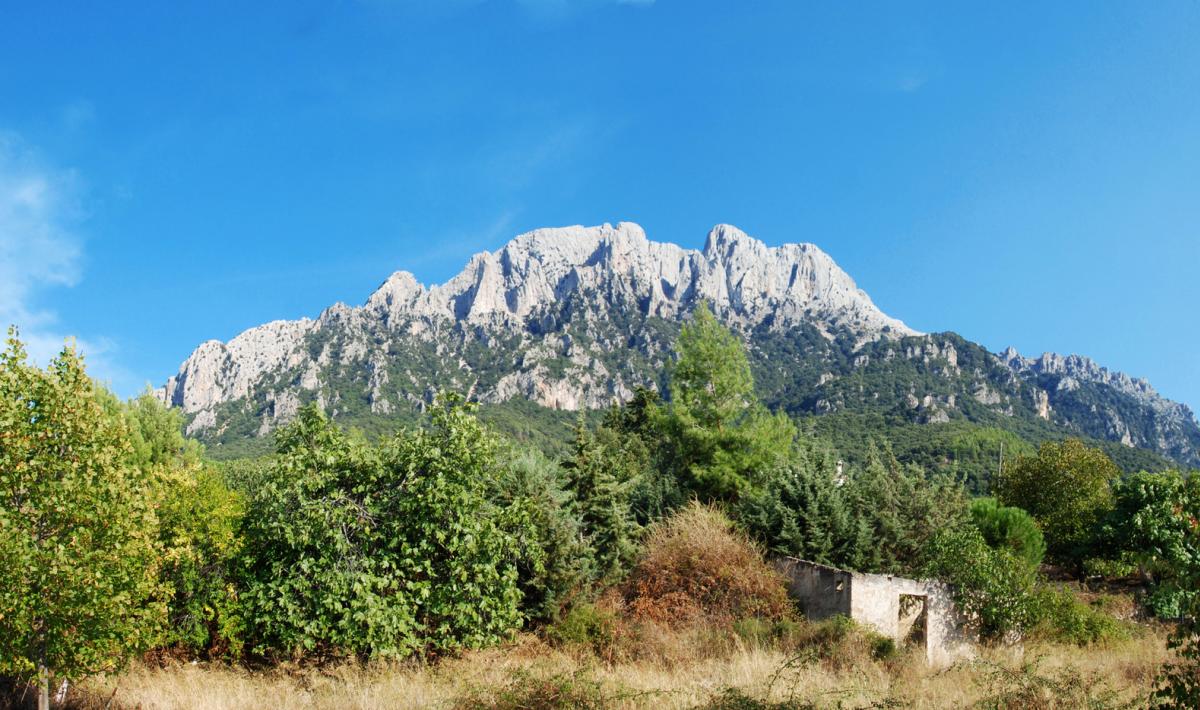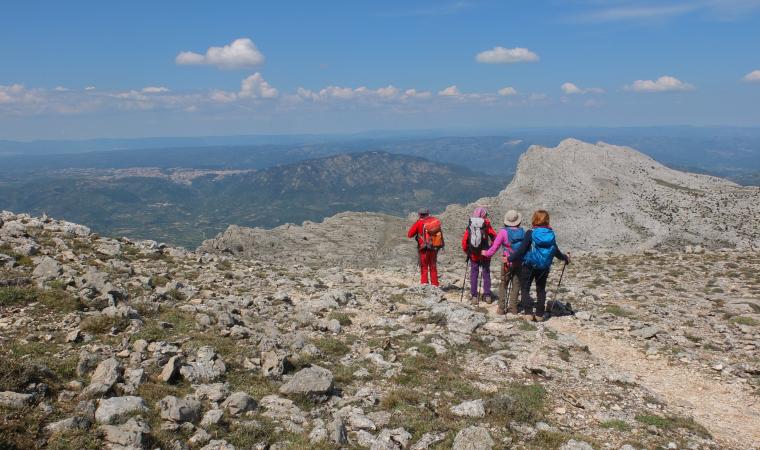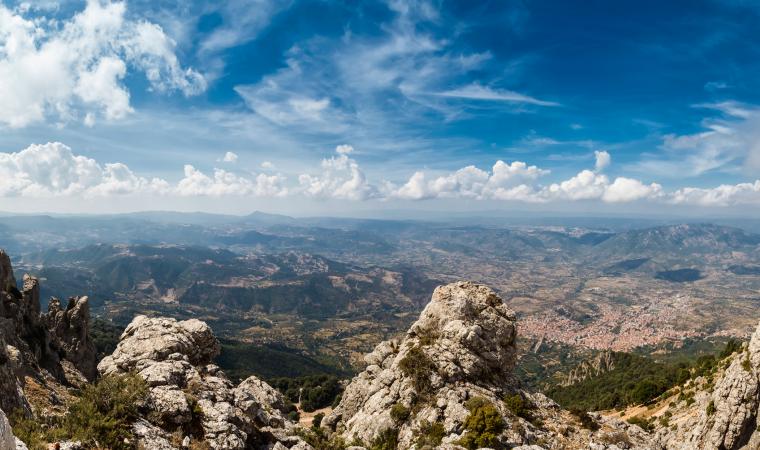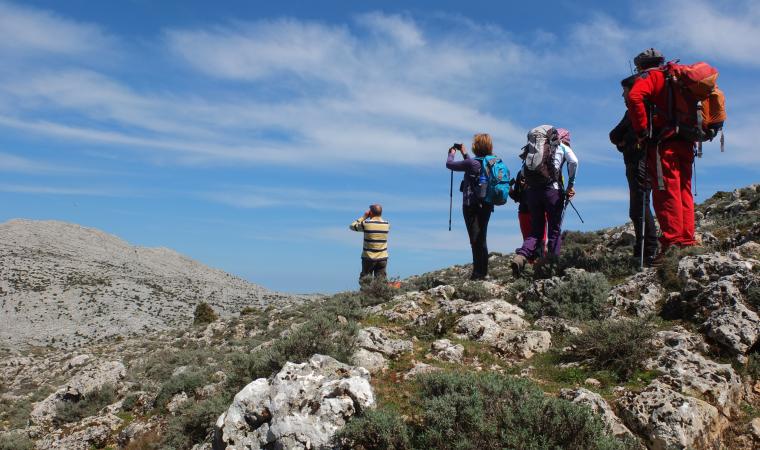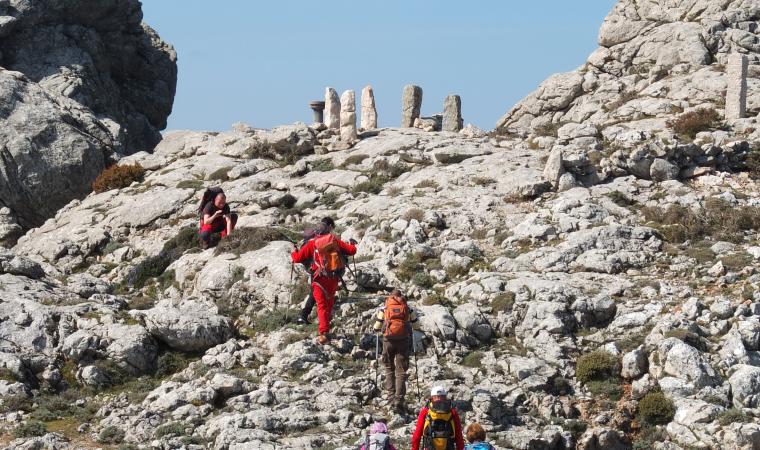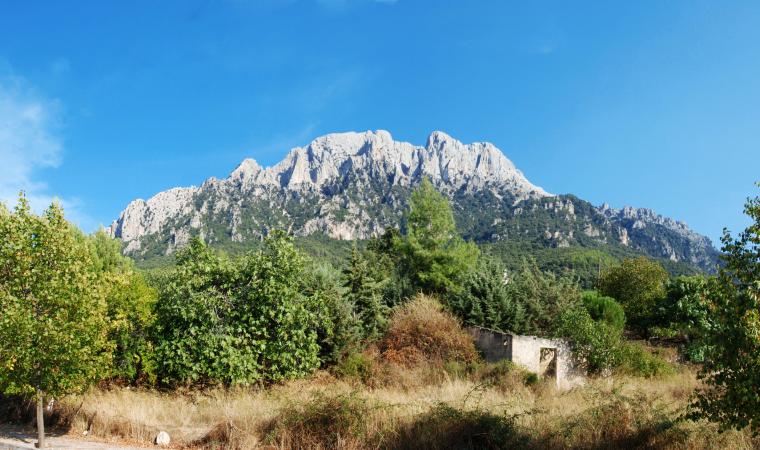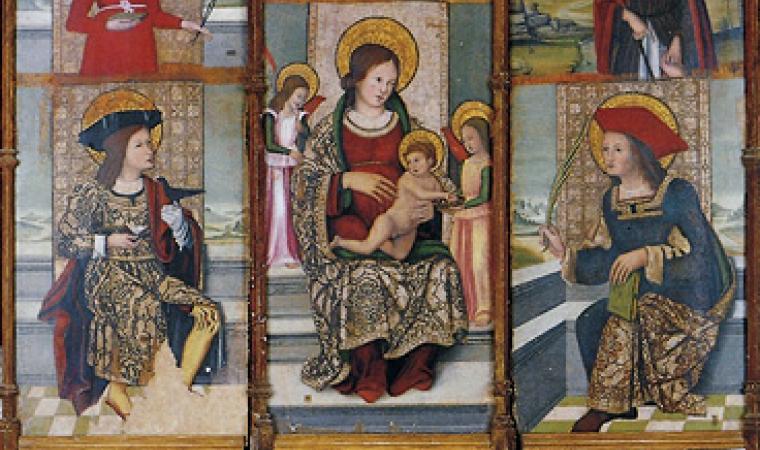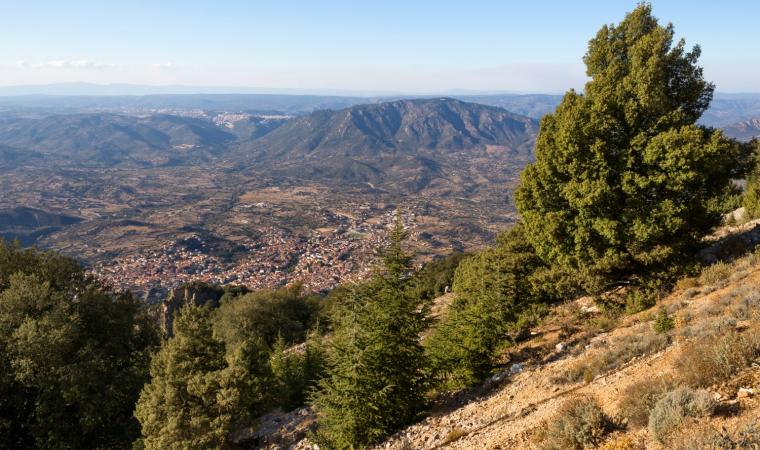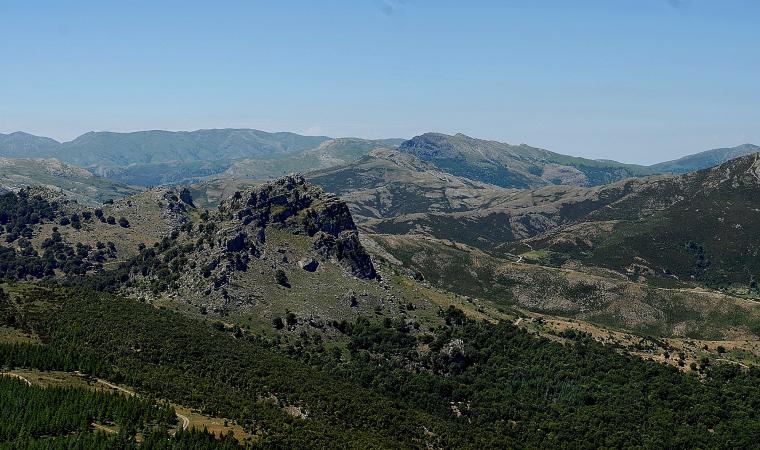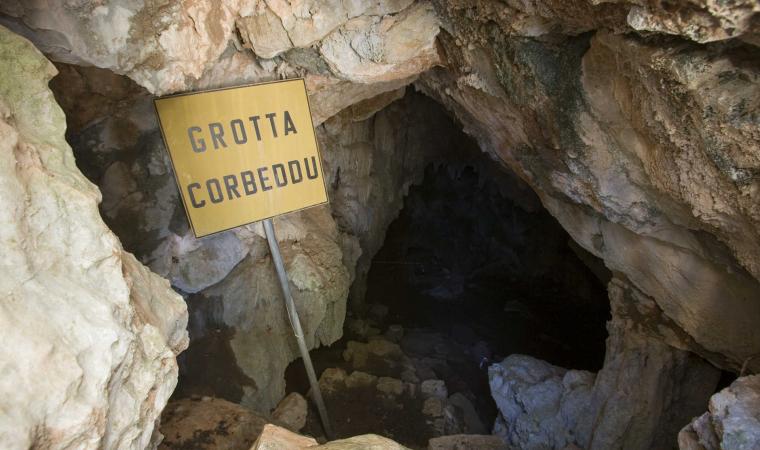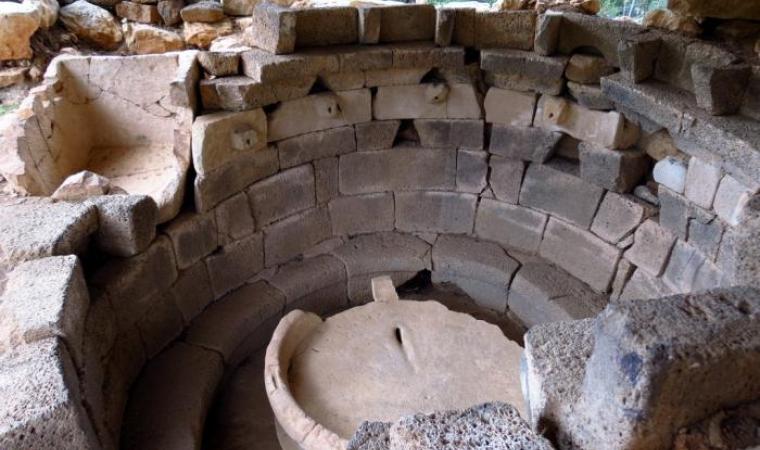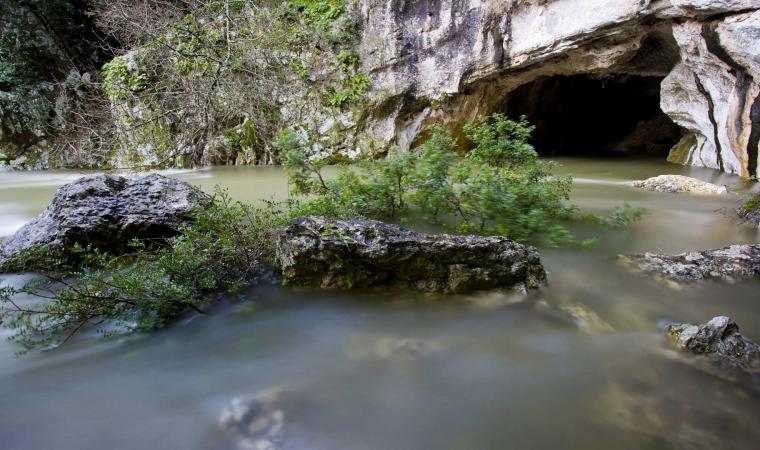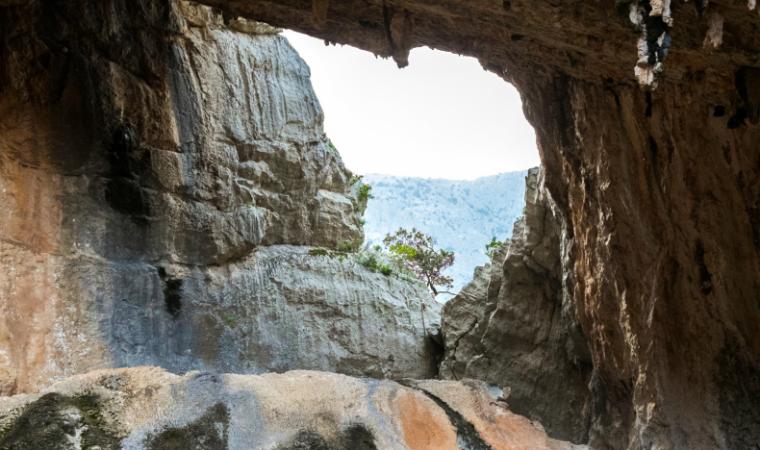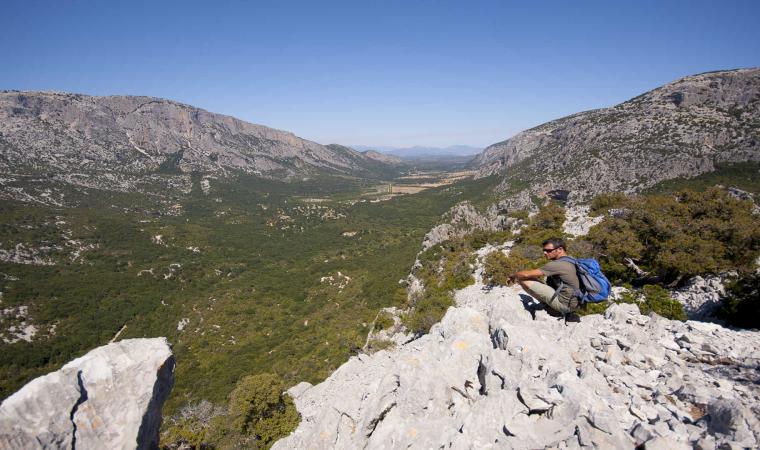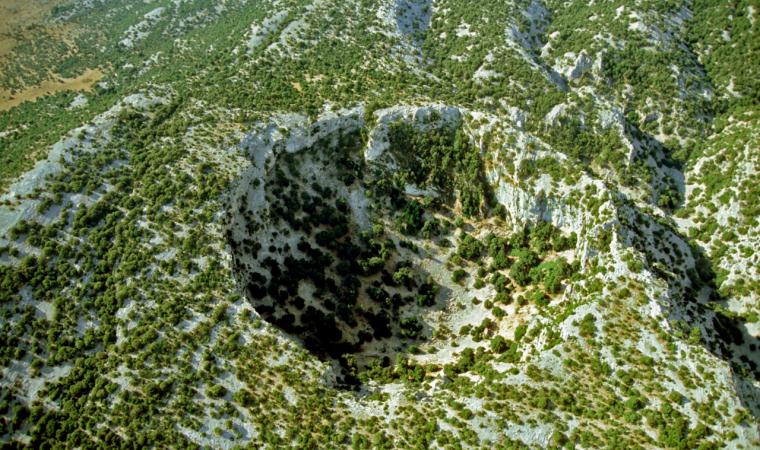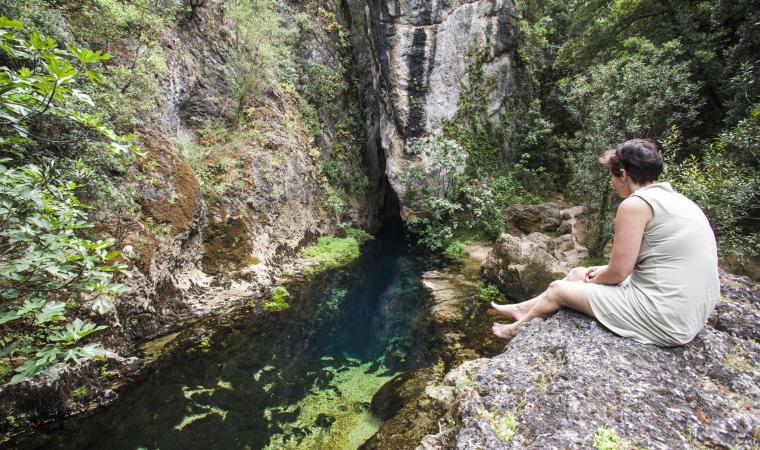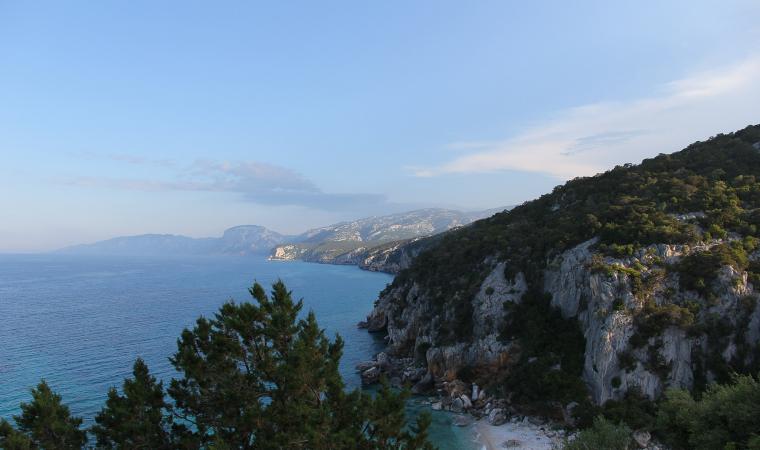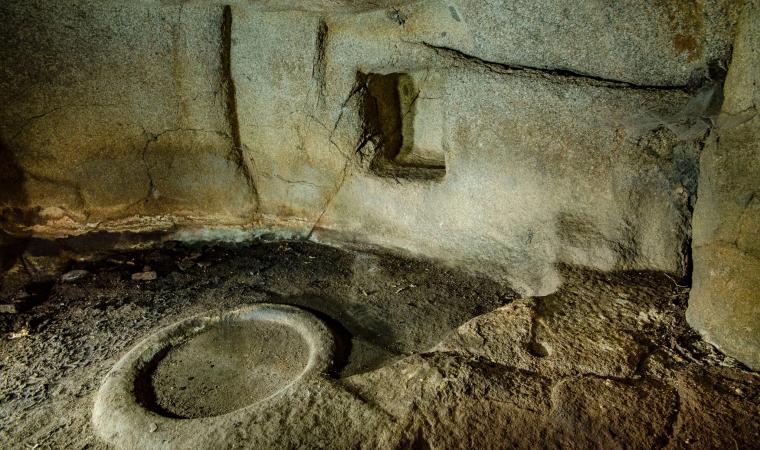Its appearance is characterised by sheer limestone rock faces, crags, white pinnacles, caves and large plains. It is rugged and barren at the summit, covered in holm oaks in the middle strip and is adorned by olive trees, vineyards and almonds in the lower part. Mount Corrasi is the highest peak of the vast and inaccessible plateau of the Supramonte mountain range, as well as being one of the most evocative elevations in the Island. The challenging trails that cross it and climb to an altitude of 1463 metres are destinations that expert (and in good shape) trekking enthusiasts aspire to and arrive in Oliena to climb it. From the summit of the Corrasi, you can enjoy spectacular views and a 360-degree panorama that stretches from the coastlines of the Gulf of Orosei to the Gennargentu massif. Flora and fauna complete this 'special' place with its dolomitic atmosphere: although it might seem completely arid and desolate, in reality there are 650 botanical species here, about 60 of which are native ones. It is a green paradise of the highest order, persuading the Italian botanical society to include the mountain in the census of the biotopes of greatest interest, where birds of prey like the golden eagle, the buzzard, the Eleonora's falcon and the peregrine falcon reside and where the mouflon roams freely.

